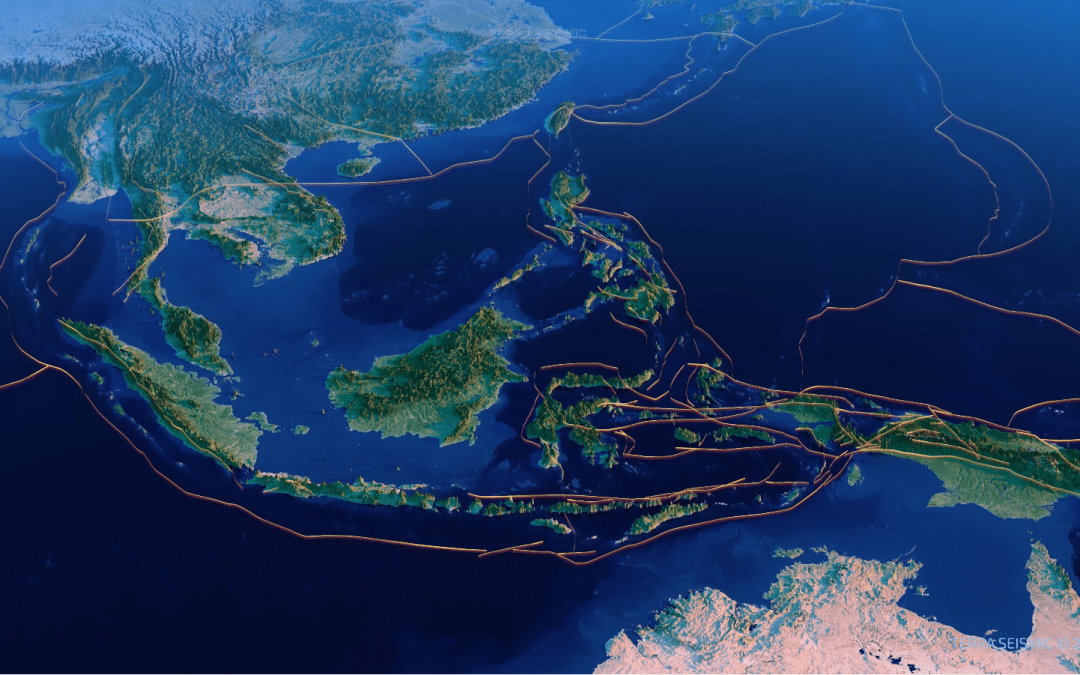Seismicity in Papua New Guinea is significantly influenced by its position along the Pacific “Ring of Fire,” it experiences complex interactions between several tectonic plates, including the Pacific Plate, the Indo-Australian Plate, and smaller microplates like the Solomon Sea Plate. This geological setting results in a high frequency of seismic and volcanic activity.
Subduction Zones: Major subduction zones around Papua New Guinea include the New Britain Trench and the Solomon Sea Plate boundary. These zones, where oceanic plates subduct beneath the overriding continental or oceanic plates, are sources of significant seismic activity and can generate powerful megathrust earthquakes.
Complex Plate Interactions: The region’s tectonics are characterized by subduction, transform, and divergent boundaries. This complexity leads to a high incidence of earthquakes as plates slide past, collide with, and pull apart from each other.
Crustal Earthquakes: Besides the large interplate earthquakes, Papua New Guinea also experiences numerous intraplate or crustal earthquakes due to stresses within the overriding plates. These earthquakes can occur at various depths and intensities.
Volcanic Activity: The subduction processes fuel extensive volcanic activity across the region, contributing to the seismic activity. Volcanic earthquakes are frequent near active volcanoes, and the region is dotted with numerous active and dormant volcanoes.
Historical Seismicity: Papua New Guinea has a history of destructive earthquakes and volcanic eruptions, such as the 1998 earthquake that triggered a devastating tsunami. The historical seismicity provides crucial data for understanding regional seismic risks and for disaster preparedness.
Tsunami Risk: Given its location near major subduction zones and extensive coastline, Papua New Guinea faces significant risks from tsunamis, which can be triggered by undersea earthquakes.
Socioeconomic Impacts: The impacts of seismic events in Papua New Guinea are often exacerbated by the remote and rugged terrain, which can make emergency response and recovery efforts challenging.
The combination of these factors makes Papua New Guinea one of the most seismically active regions globally, necessitating comprehensive monitoring, preparedness, and public education to mitigate the impacts of seismic and volcanic hazards.

